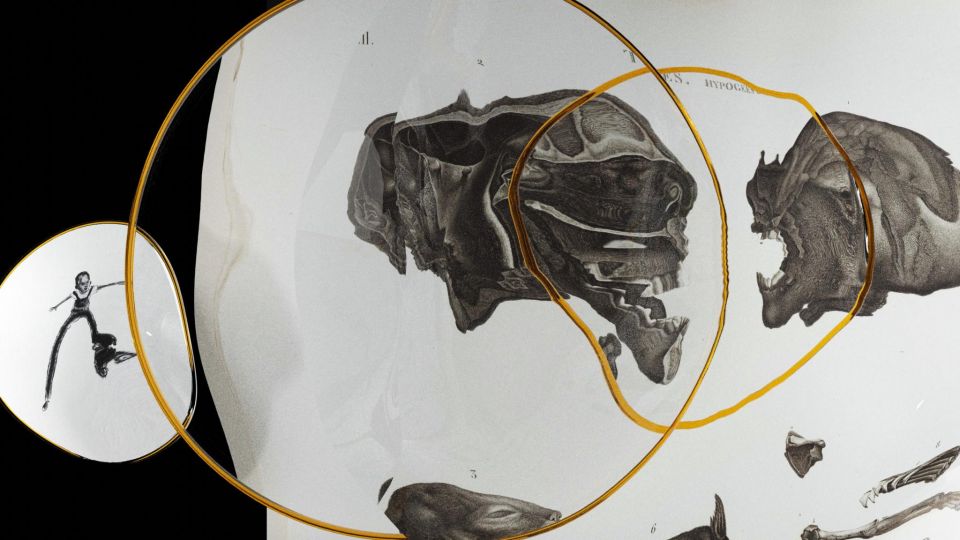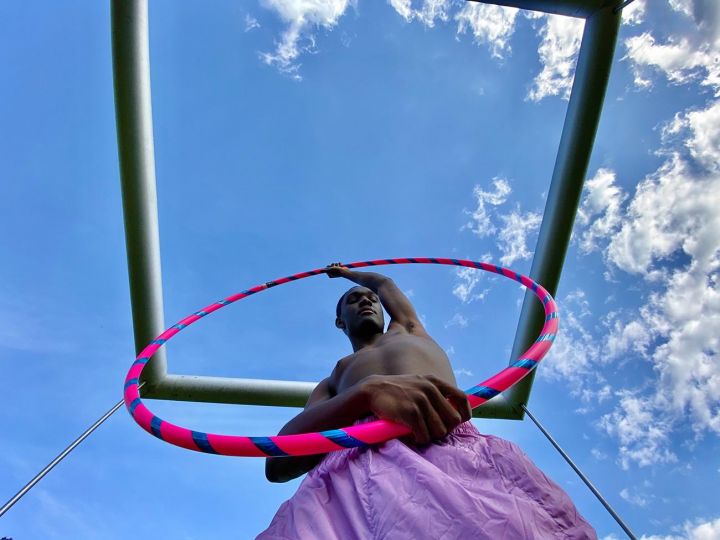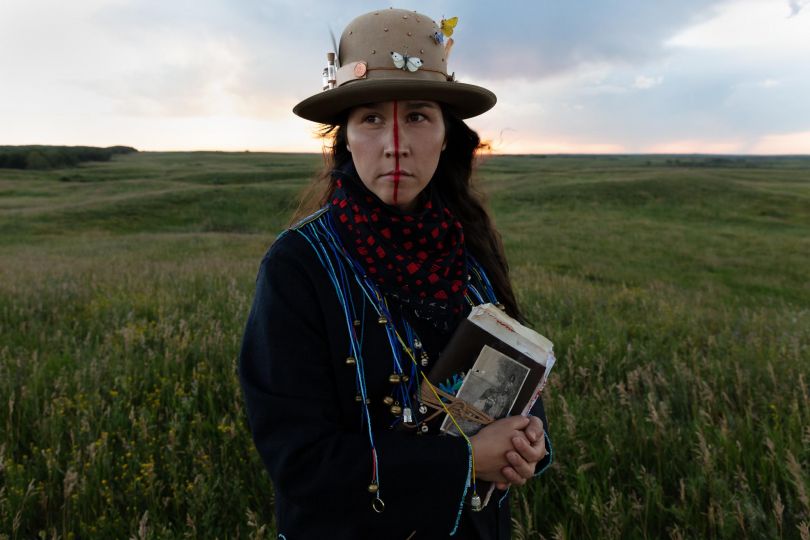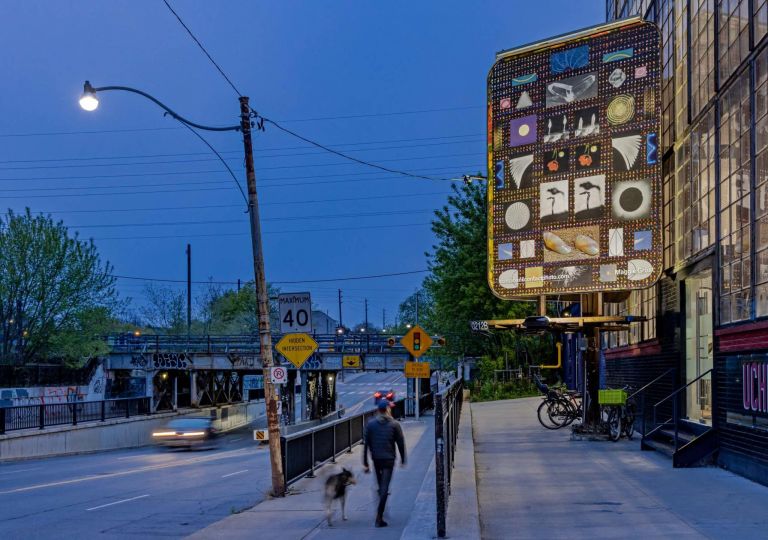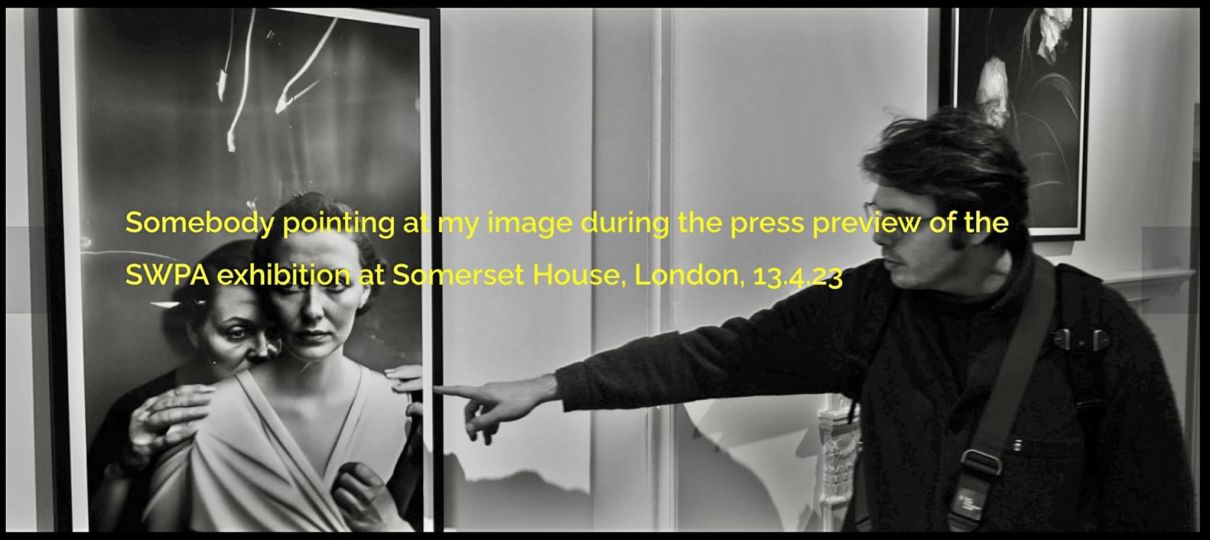While the subject of new technologies and Artificial Intelligence (AI) floods our news feeds and prompts ample discussion, the 27th edition of the Scotiabank CONTACT Photography Festival in Toronto embraces new imaging technologies, and the ability to question, and push against, the perceived boundaries of contemporary photography.
Throughout the month of May, CONTACT presents lens-based exhibitions throughout the city foregrounding work by local and international artists. With more than 180 exhibitions on view, it offers a journey through galleries, artist-run-centres, and non-traditional spaces, as well as outdoor installations, many complemented by talks and panel discussions with artists and curators
New technologies are also making a place for themselves in the festival. Images are no longer only created with a lens but through digital infrastructures. Rodell Warner’s exhibition at Trinity Square Video features a series of animated GIFs derived from public-domain archival footage and enhanced digitally. At Evergreen Brick Works, Jawa El Khash presents holograms that respond to the flora and fauna of the site, in iridescent and engaging images that imagine a re-populated and diverse future ecosystem. Featured at street level on the exterior windows at Onsite Gallery is an aerial photograph by Robert Kautuk. Depicting ice floes in Canada’s Arctic region, the image was taken using drone technology.. These examples show the creative possibilities that have recently developed in the field of photography, but also testify to the richness of interpretation that these practices allow.
However, semantic novelty and technical progress quickly come up against the boundaries that have until now defined photography: is an image still photographic if it was not initially captured by a lens? This debate was at the centre of a recent debate at the Sony World Photography Awards, where an image created using AI garnered an award, and, similarly, an AI-generated film also won an award at the Nikon Film Festival. From a historical perspective, these new formats and tools should be studied alongside everything else that is practiced in photography today. For CONTACT’s Artistic Director, Heather Canlas Rigg, “Photography is a vast medium that exists in various modes of materiality and immateriality. We welcome all of the poetic and surprising ways in which artists work with camera technologies, transgressing their limits.” She adds: “I am very interested in the directions that artists take in terms of experimental moving images; this is an aspect that I would like to see featured more substantially in future editions of the Festival.”
Without putting them on the same level as “traditional” photographs created with a lens, these new imaging practices hold a lot of promise and present uncharted terrain ripe for exploration by artists and photographers.
More information:

